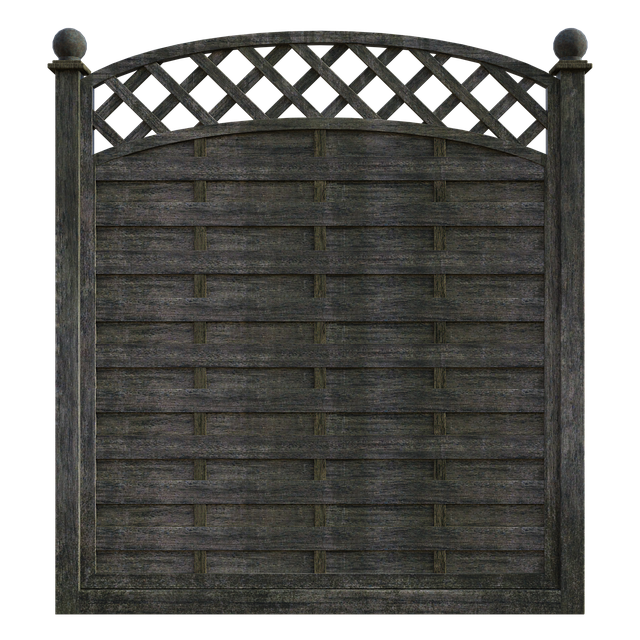Considering fence installation in New Bedford, MA? You’re not alone! Property owners across the region are enhancing their outdoor spaces with fences, both for aesthetic appeal and functional benefits. This article guides you through the process, from understanding affordable options available locally to key considerations for your project. Learn why choosing a skilled local installer can streamline your fence installation experience and deliver exceptional results, ensuring your investment stands the test of time.
- Understanding Affordable Fence Installation Options in New Bedford
- The Benefits of Choosing Local Fence Installation Services
- Key Considerations for Your Fence Project
- Step-by-Step Guide to a Successful Fence Installation
Understanding Affordable Fence Installation Options in New Bedford
In New Bedford, MA, affordable fence installation doesn’t mean compromising on quality or style. There are several options available that cater to various budgets and preferences. Wood, vinyl, and chain-link fences are popular choices due to their durability and aesthetic appeal. Each material has unique benefits; for instance, wood offers a natural look but requires regular maintenance, while vinyl is low-maintenance and comes in diverse designs.
Understanding your property’s needs, climate considerations, and desired aesthetics is key when exploring affordable fence installation options. Local regulations also play a significant role in determining the best choice, so consulting with professionals like those offered by local New Bedford fencing companies can provide valuable insights into navigating these factors.
The Benefits of Choosing Local Fence Installation Services
Choosing local fence installation services offers numerous advantages for New Bedford residents and businesses. One of the key benefits is accessibility; local companies are often just a call or click away, providing quick response times and efficient service. They understand the unique needs and challenges specific to the New Bedford area, allowing them to offer tailored solutions that meet local codes and regulations.
Additionally, supporting local businesses contributes to the community’s growth and vitality. These companies tend to be more invested in their neighborhood, employing and training local residents, and often participating in community initiatives. They may also have a deeper understanding of the region’s climate and weather patterns, ensuring fences are installed to withstand local conditions for longer-lasting results.
Key Considerations for Your Fence Project
When considering fence installation, several key factors come into play. First and foremost, determine your project’s scope and style preferences. Fences vary greatly in material (wood, vinyl, chain-link), design (privacy, ornamental, security), and size, each carrying its own cost implications. It’s also crucial to assess the terrain where the fence will be installed—sloped or uneven ground might require additional labor and materials.
Another important consideration is local regulations and permits. Check with your New Bedford, MA, town hall or building department to understand any zoning laws or permit requirements for fence installation. These can dictate choices regarding height, material, and placement, potentially impacting both the project’s timeline and budget.
Step-by-Step Guide to a Successful Fence Installation
A successful fence installation starts with thorough planning. Begin by assessing your property and identifying where you want the fence to be placed, considering factors like proximity to neighbors, local regulations, and structural elements. Once determined, clear the area of any debris or obstacles that might interfere with construction.
Next, choose the right materials for your fence based on durability, style, and budget. Consult with professionals or check online resources for guidance. Dig holes for posts, ensuring they are deep enough to provide stability. Follow instructions carefully when installing posts, and allow concrete to set completely before attaching the fence panels. Regularly check weather conditions and make adjustments as needed during construction to ensure a sturdy, long-lasting fence.
